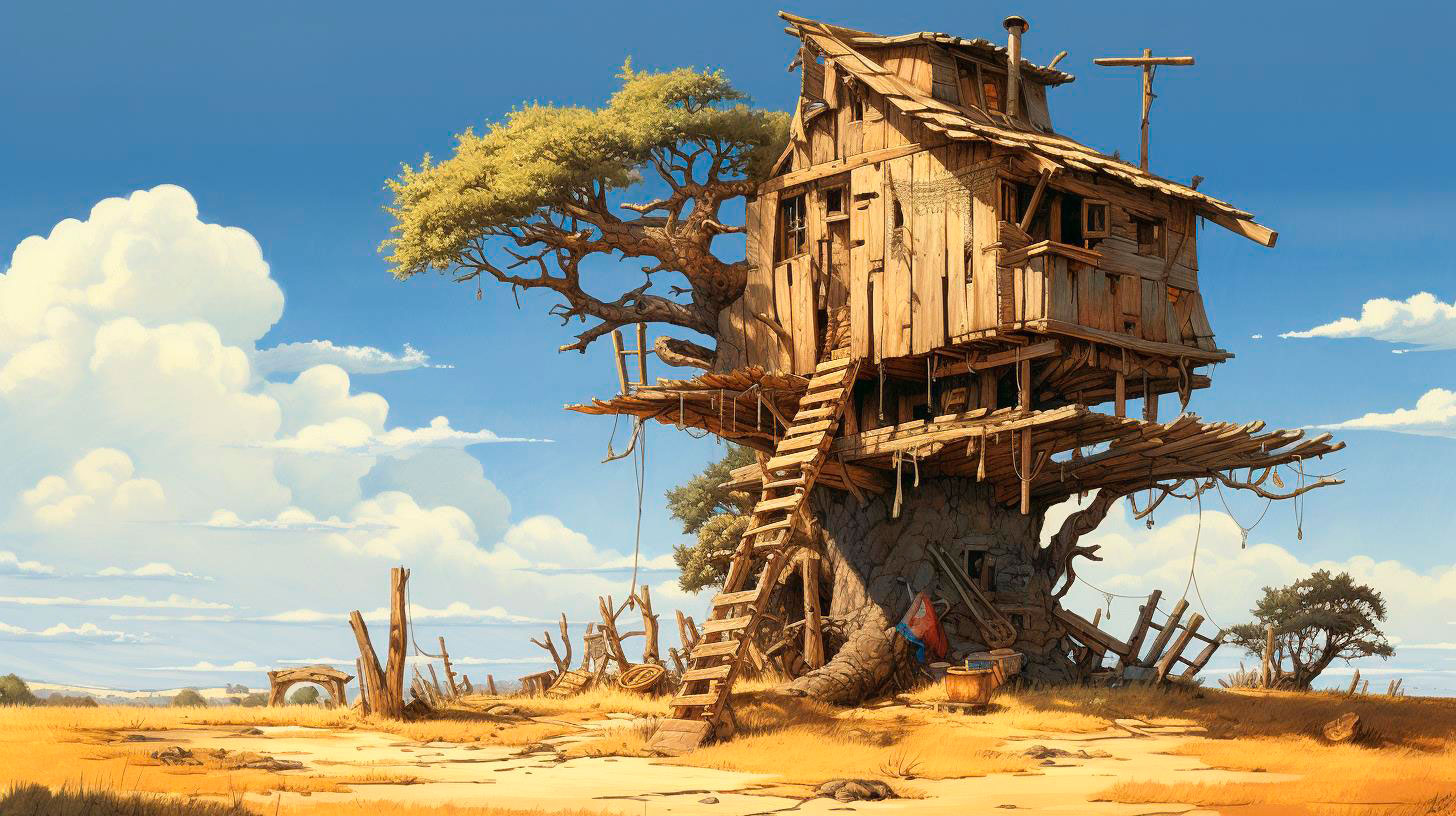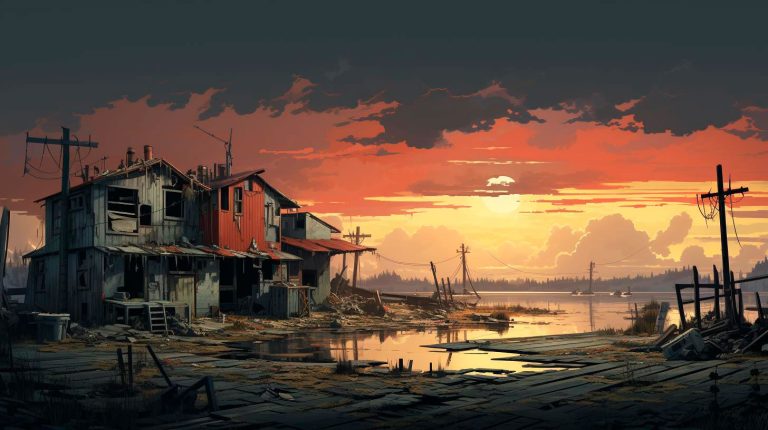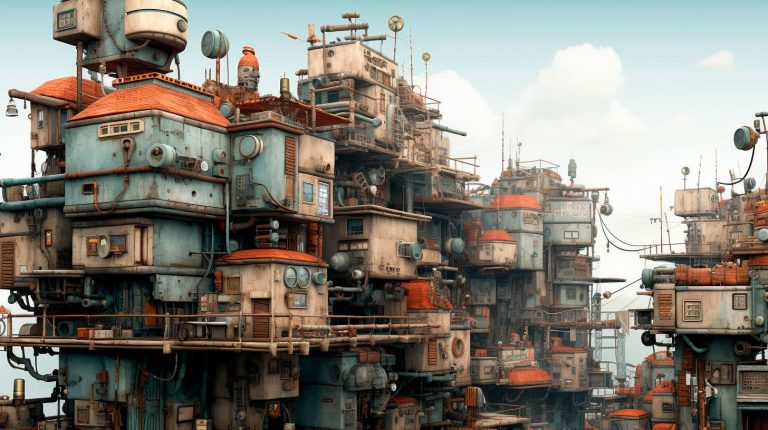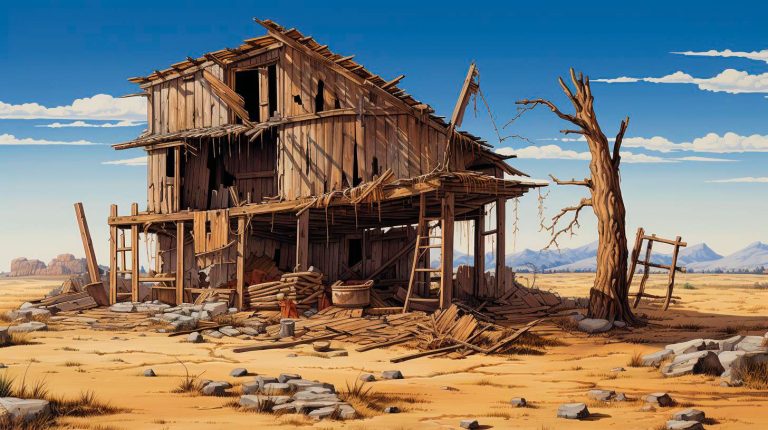As technology advances, photographers are equipped with cutting-edge gear that allows them to capture mesmerizing photographs like never before. High-resolution cameras combined with telephoto lenses bring the wonders of nature up close and personal. These awe-inspiring images serve as a powerful medium to engage the masses, shifting mindsets towards conservation.
The Power of Wildlife Photography
Conservation Education: Wildlife photographers act as ambassadors, educating the public about the importance of preserving natural habitats and the species that call them home. Their captivating images provide a visual connection to nature, compelling people to care about and protect it.
Raising Awareness: Wildlife photographers have the unique ability to shed light on the critical issues facing our environment. Through their work, they showcase the beauty and fragility of our natural world, bringing attention to the threats of habitat loss, illegal wildlife trade, and climate change.
Fundraising for Conservation: Stunning wildlife photographs have the potential to raise significant funds for conservation organizations. Auctions, exhibitions, and merchandise featuring these images can generate substantial financial resources to support on-the-ground conservation efforts.
The Role of Technology
Technological advancements have transformed the world of wildlife photography. With the advent of digital cameras and sophisticated editing software, photographers can capture and enhance images like never before. High-speed continuous shooting capabilities enable them to freeze even the most elusive moments, revealing behaviors and interactions that were once inaccessible to the human eye.
Add to that the rise of social media platforms, and photographers now have a global audience at their fingertips. Sharing their work on platforms like Instagram and Facebook allows them to reach millions of people, influencing attitudes and behaviors towards the environment. Engaging storytelling through captions and live feeds further sparks conversations and ignites change.
Conservation Success Stories
The Bald Eagle: Thanks to the relentless efforts of wildlife photographers and conservationists, the population of Bald Eagles in the United States has rebounded from the brink of extinction. By showcasing these magnificent birds in their natural habitat and raising awareness about the threats they faced, the Bald Eagle has become a symbol of successful conservation actions.
Big Cats Preservation: Wildlife photographers have played a vital role in raising awareness about the declining populations of big cat species, such as tigers and lions. By capturing their elegance, power, and vulnerability, these photographers have prompted global initiatives to safeguard their habitats and crack down on illegal hunting.
Coral Reef Protection: Through their stunning underwater imagery, wildlife photographers have highlighted the unparalleled beauty of coral reefs. Consequently, concerted efforts have been made to conserve these fragile ecosystems, such as creating marine protected areas and promoting sustainable diving practices.
Framing a Sustainable Future
Wildlife photography is an influential tool that not only captures the essence of our natural world but also inspires change. By sharing captivating imagery on various platforms, photographers can awaken a sense of responsibility and encourage individuals to take action towards conservation efforts.
Be Mindful of Ecotourism: Wildlife photography should go hand in hand with responsible tourism. Photographers must prioritize the well-being of animals and ecosystems, ensuring minimal disturbance during their expeditions.
Collaborate with Conservation Organizations: By partnering with local and international conservation organizations, photographers can contribute their images to scientific research, education, and awareness campaigns. This collaboration ensures that their work has a more significant impact on conservation efforts.
Support Sustainable Initiatives: Photographers can financially support conservation initiatives either through donating a portion of their earnings or sponsoring specific projects. By investing in conservation, they become active participants in safeguarding wildlife and their habitats.
In Conclusion
Wildlife photography is a powerful force that drives conservation by raising awareness, inspiring action, and generating funds. Through their lens, photographers showcase the wonders of our natural world, reminding us of our responsibility to protect it for future generations. The captivating images captured by these talented individuals bring us closer to nature, amplifying the urgent need for conservation efforts. By joining forces with technology, photographers continue to frame a sustainable future for wildlife and our planet as a whole.



















+ There are no comments
Add yours